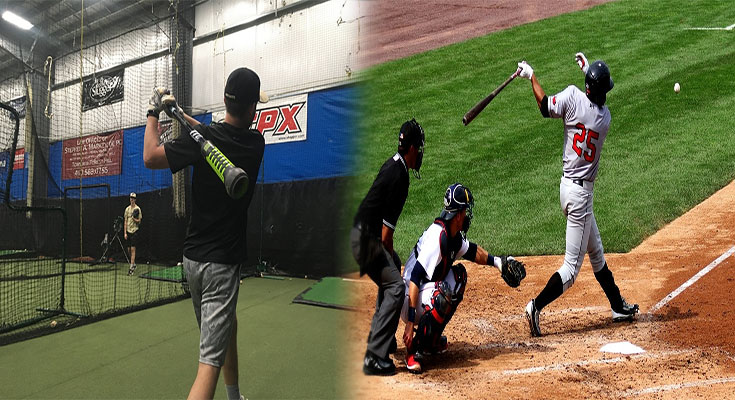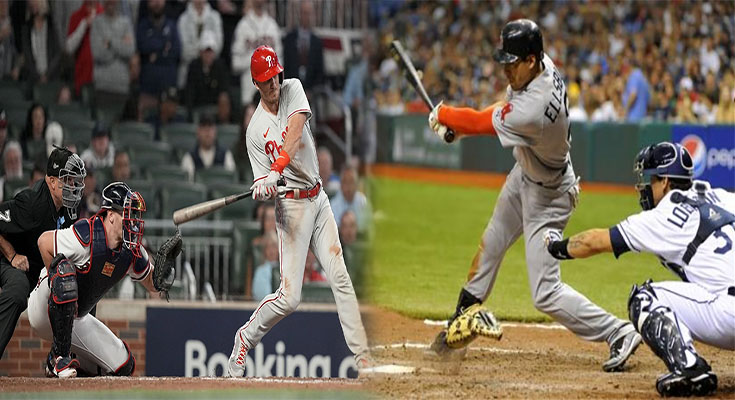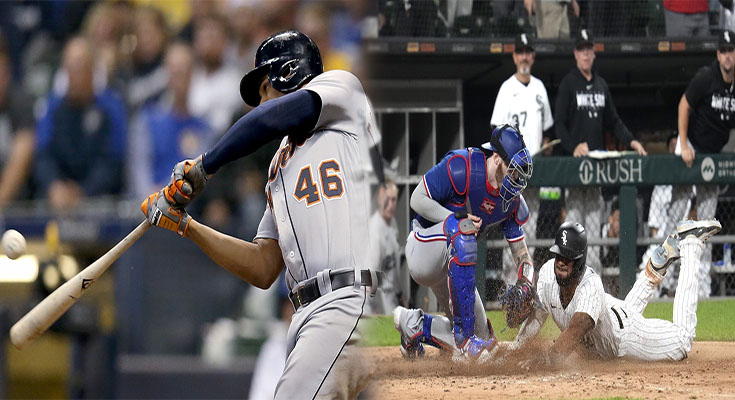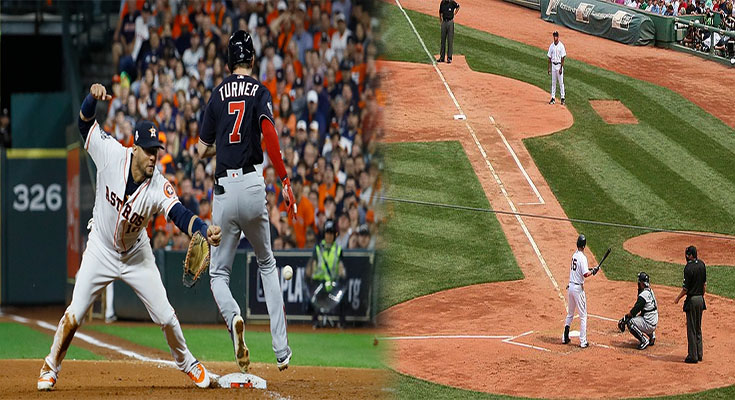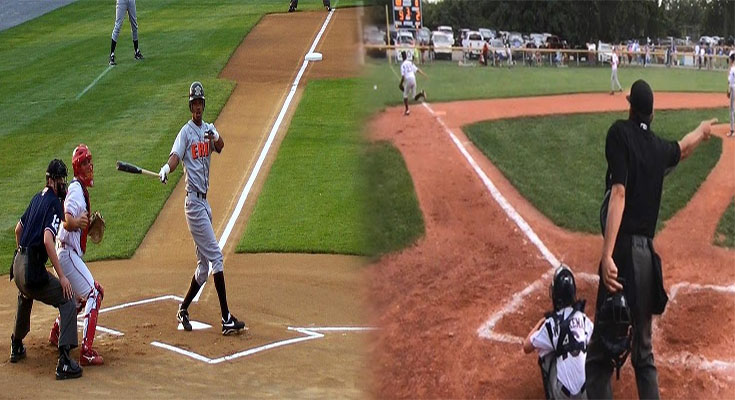
Understanding Baseball Rules: Fair vs. Foul Balls
Baseball is a game loved by millions around the world, known for its strategic gameplay and thrilling moments. To fully grasp the dynamics of the game, it is crucial to understand the rules governing fair and foul balls. In this article, we will explore the differences between fair and foul balls and the impact they have on the game.
Fair Ball
A fair ball is a batted ball that settles or is touched within the boundaries of the foul lines. The area between the first and third base lines is considered fair territory, and any ball hit into this space is a fair ball. These balls are in play and can be fielded by the defensive team to make an out or to advance the runners.
Once a ball is declared fair, it remains that way until it passes the base at which it was originally hit. If a fair …
Understanding Baseball Rules: Fair vs. Foul Balls READ MORE

